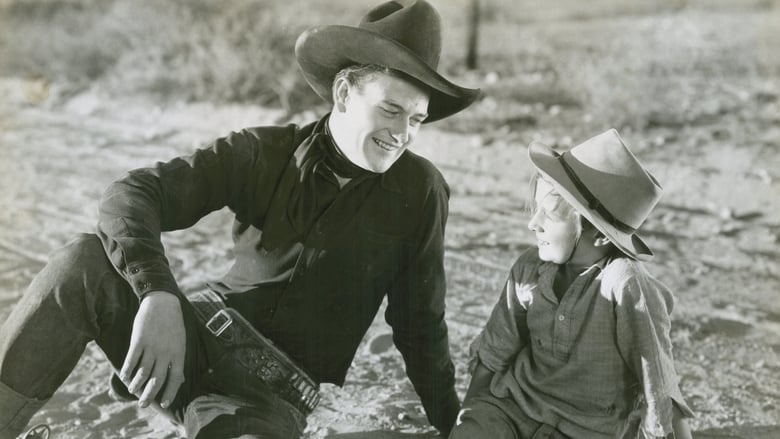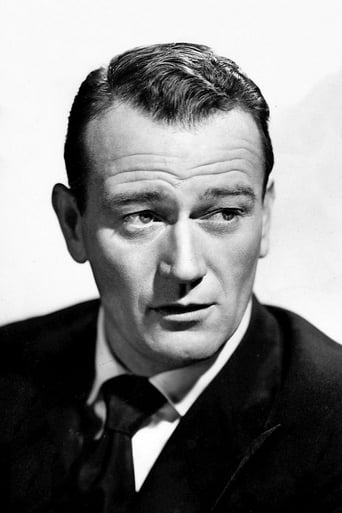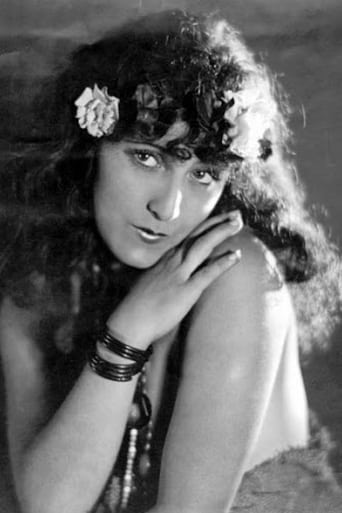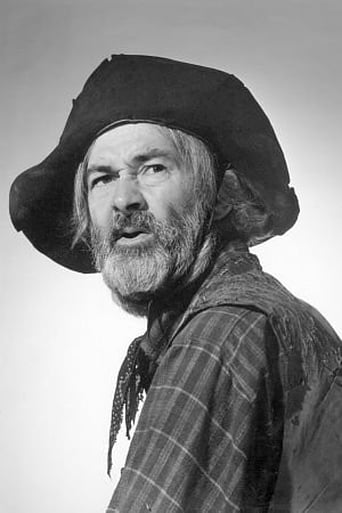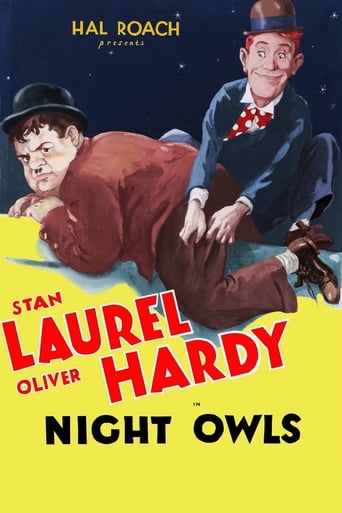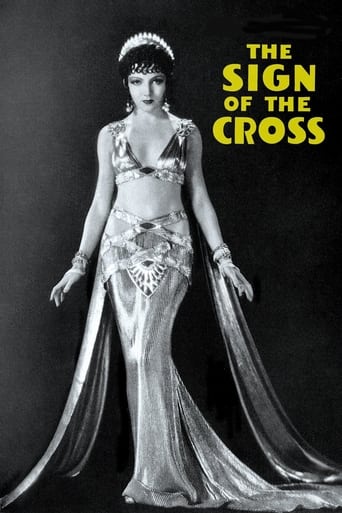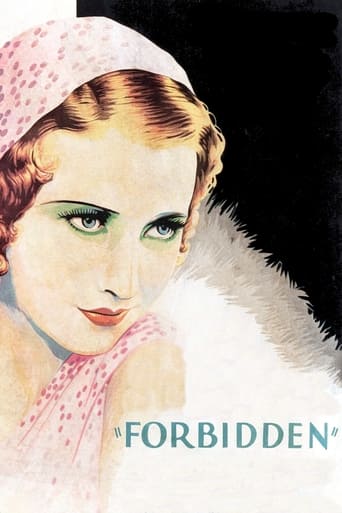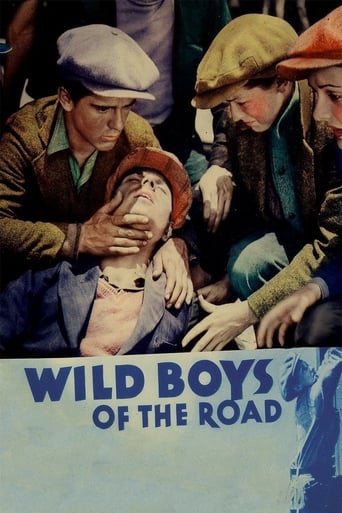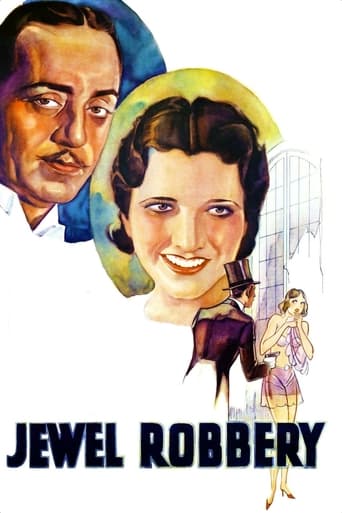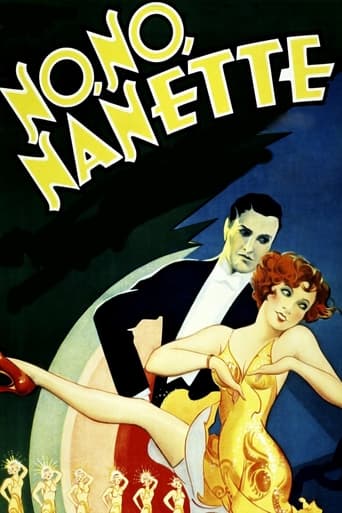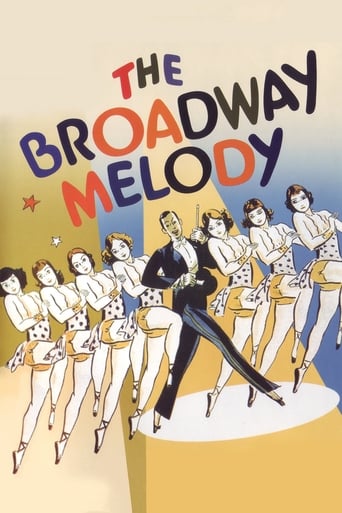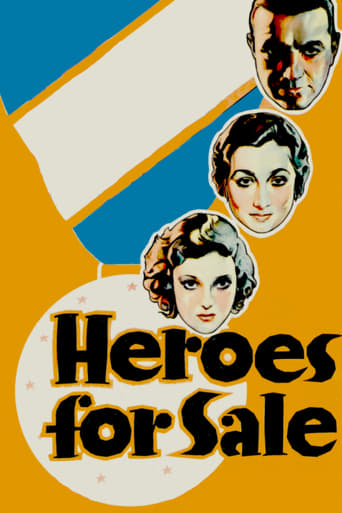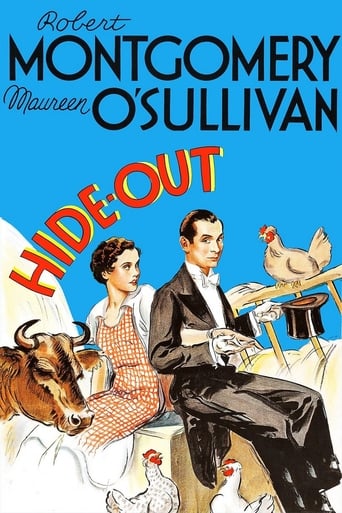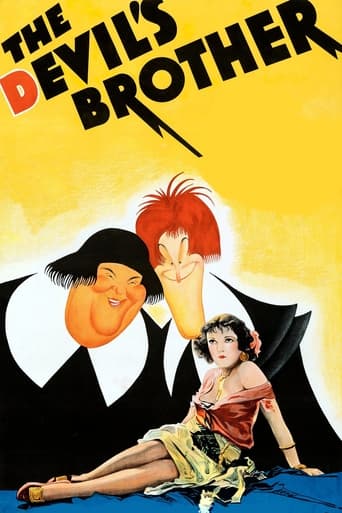West of the Divide (1934)
Ted Hayden impersonates a wanted man and joins Gentry's gang only to learn later that Gentry was the one who killed his father.
Watch Trailer
Cast


Similar titles
Reviews
Frequently used story gets a good presentation here in "West of the Divide," and the excellent cast helps ensure high quality.Young John Wayne and grizzled George Hayes start with what I learned in college theater-history classes was called a "feather-duster" scene, where characters -- such as a maid, with a feather-duster -- tell the background of the story, today called "the back story." It's kinda corny, but isn't too damaging.Probably even in 1934 what was about to happen was predictable, but, before that predictable ending, enough happens in between it should hold the viewer's interest. It held mine.When the hero meets the leading lady, there is no poor-writing instant romance. In fact, there is no real contact. It's an unusual boy-meets-girl.That girl is Virginia Faire Brown, who is shown with 74 credits, although she never rose to be a major player and certainly not a star. But she is very attractive, even elegant, with an unusual dark-haired beauty.Her character's father is played by the veteran Lafe McKee. The sheriff is by that veteran, and very talented actor, who didn't, alas, often enough get to show just how good an actor he was, Earl Dwire.Chief bad guy is played by "Loyd Whitlock," who is usually known as Lloyd Whitlock, a very busy man with more than 200 credits!OK, good story, great cast ably performing, lots of riding scenes, and a no-music-track realism that should keep you pinned to your seat. And if you want to see it, there's a good print at YouTube.
Another John Wayne Monogram Lone Star Production, in which the cast is almost the same, the plots variations on evil versus good, the acting perfunctory and the whole shebang put together in a time slightly longer than it takes to read a review of it.It was filmed in Kernville, some miles north of Bakersfield, a popular place a day's drive from Los Angeles. Kernville is accessible mountainous country often used for Westerns, ambitious or otherwise. The final race between the coach and the Indians in John Ford's "Stagecoach" was shot there.Like some of Wayne's other inexpensive and hasty Westerns, this was written and directed by Robert Bradbury, the father of one of Wayne's childhood friends, later known as Bob Steele, from his days in Lancaster, California.There isn't much of substance to the movie. Horses gallop -- Yakima Canut gets prominent screen credit -- and money is mishandled and everyone carries a gun and uses it. It's of interest for fans of John Wayne or the productions of the Poverty Row studios like some people I could name. Well -- one person I could name, anyway, who took the trouble to track down the original location of studios like Monogram and PRC and photograph them as they now are. One was turned into a fast-food chicken restaurant.It's easy enough to criticize these shabby films but they kept the actors and crew employed during the difficult times of the Great Depression. With no fanfaronade, they filled double-bill slots at the local theaters too. And one must ask one's self if, after all, they were more mindless than some of the crap that now keeps American audiences glued to the television set. Are they really worse than, say, "Oprah", "World's Wildest Police Videos", or rock videos? Aren't they all at or near asymptote?
Pretty tame Lone Star fare, not up to later standards. Nothing much distinguishes this 60 minutes of sagebrush opera. The plot is easy to follow-- Wayne assumes a false identity in order to bring his father's killer to justice. In the process he rescues an old rancher and his daughter from the clutches of a ruthless land grabber and unexpectedly finds a brother. Unfortunately, the locations are nondescript, not much stunt work or hard riding, while the outlaw gang gives up without the usual fight. Also, there's no real personality or color to compensate for the general absence of excitement. Hayes and Canutt too are largely wasted. Perhaps the high point is a lengthy fist-fight that doesn't quite follow the usual formula in outcome. All in all, however, a definitely sub-standard Wayne Western.
I was a TV addict at a very early age. I lived with my grandparents, and my grandfather and I used to fight over what to watch on his television. He loved westerns; we watched "Cheyenne," and "Wyatt Earp," and "Rifleman," and numerous others during the fifties. I didn't quite share his enthusiasm for these shows, but it was a way to pass the time with him. But after seeing "The West Divide," I know why he loved westerns so. Some may refer to it as a B movie, but I think the B stands for basic. There's something thrilling about its lack of artifice. The sound of fists connecting to flesh doesn't have that ungodly amplification that later, more technically sophisticated examples of the genre had. The sentiment is rarefied like the open air. When the heroine is shot, it's played out plainly and purely; sometimes you can get a stronger emotional effect without a musical score. And the sequence with the runaway team is bracing; I figure the legendary Yakima Canutt stunted in this scene.And then there is the young John Wayne. I think it is during this period in his career that he proved himself to be the giant star he became. When he dons white buckskin in "The Telegraph Trail," he becomes almost otherworldly. Here he plays a man posing as an outlaw to find the killer of his father. By the time he has set things right, lying supine in his long-lost brother's arms, you understand why so many moviegoers couldn't get enough of him. His entire body in that moment gives way to the scene, and you cherish how tenderly and passionately he's willing to play his part. This movie taps into that well of memories some of us have with family and loved ones, and as Father's Day is tomorrow, it helps remind me what deep, elemental emotion men often feel that these days goes unacknowledged. I certainly wasn't aware of it in those days with my grandfather; but I've gained a new consciousness that has come with my being about his age at the time and watching things I know he'd have loved. Like "The West Divide." It makes you wish they made more westerns like this one.


